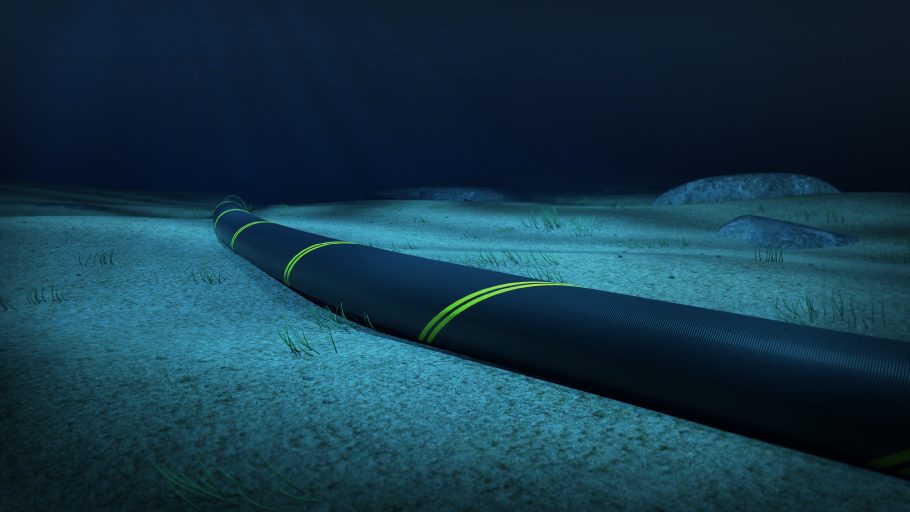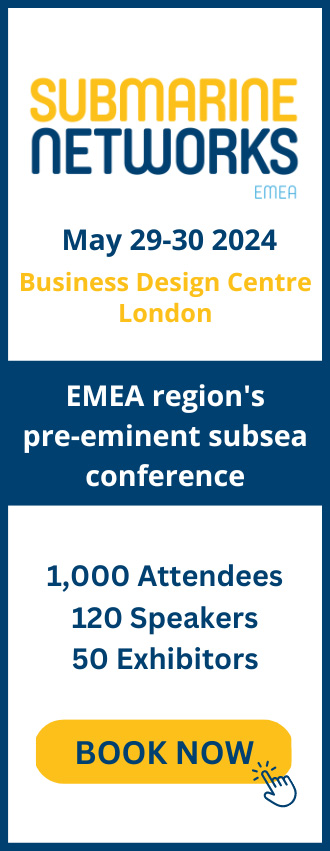The recent SubOptic 2023 conference in Bangkok was awash with papers on many new developments in the subsea space, but one field stood out far and above the others: sensing technology. Whether it be SMART (Science Monitoring and Reliable Telecoms) repeaters, DAS (Distributed Acoustic Sensing), or using commercially available transponders to measure changes in the SOP (State of Polarization) in live submarine systems, it is clear sensing is an area that is generating great interest. Papers were presented by experts from Google, FiberSense, the Joint Task Force (JTF) SMART cable initiative, Vodafone, Caltech, and many more.
Seismology, volcanology, marine ecology, and oceanic conditions are key to understanding the future of our planet. Recognizing the importance of environmental monitoring and providing real-time, accurate, and relevant data on seabed conditions to the scientific community is important. Furthermore, locating and understanding threats to submarine cables in this data-driven world—whether they be environmental or man-made—is crucial information for operators, communities, and governments alike.
Distributed Acoustic Sensing (DAS)
One of the most successful fiber-optic based techniques for geophysical sensing is DAS. DAS works by using coherent OTDR (Optical Time Domain Reflectometer) techniques through which phase modulations of the reflected signal are measured. Any change in fiber strain results in an optical phase delay of light that propagates in the strained section of the fiber. Therefore, DAS represents a technique for dynamic monitoring of strain distribution along an optical fiber.
Highly sensitive—it can record strain levels down to pico-strain—this technique enables precise localization. The result is that the DAS technology applied to telecommunications cables can be used to detect earthquakes, measure oceanographic conditions (such as currents and seabed rockslides), and detect mammal activities.
ABOUT THE AUTHOR
Eckhard Bruckschen is a master mariner and MBA with more than 30 years of experience in the offshore submarine cable industry. This experience includes plough and trenching / ROV operations; remedial works; installations of fiber optic, power, umbilical, and flexible pipes; and burial and bridge operations. Across his career, Bruckschen has managed the construction of over 40,000 kilometers of submarine fiber optic cables and 2,500 kilometers of submarine power cables.
Lynsey Thomas is a subsea specialist who has been involved in the international subsea business since 1995. She has a keen interest in corporate strategy development, network planning, project management, and solutions marketing. She is experienced as a customer, supplier, consultant director, and trustee. Thomas has held senior posiztions in Cable &Wireless, Apollo SCS, Xtera, and SubSea Networks Ltd. and is a board member for Cirion Technologies. She holds a master’s degree in engineering science from the University of Oxford.



